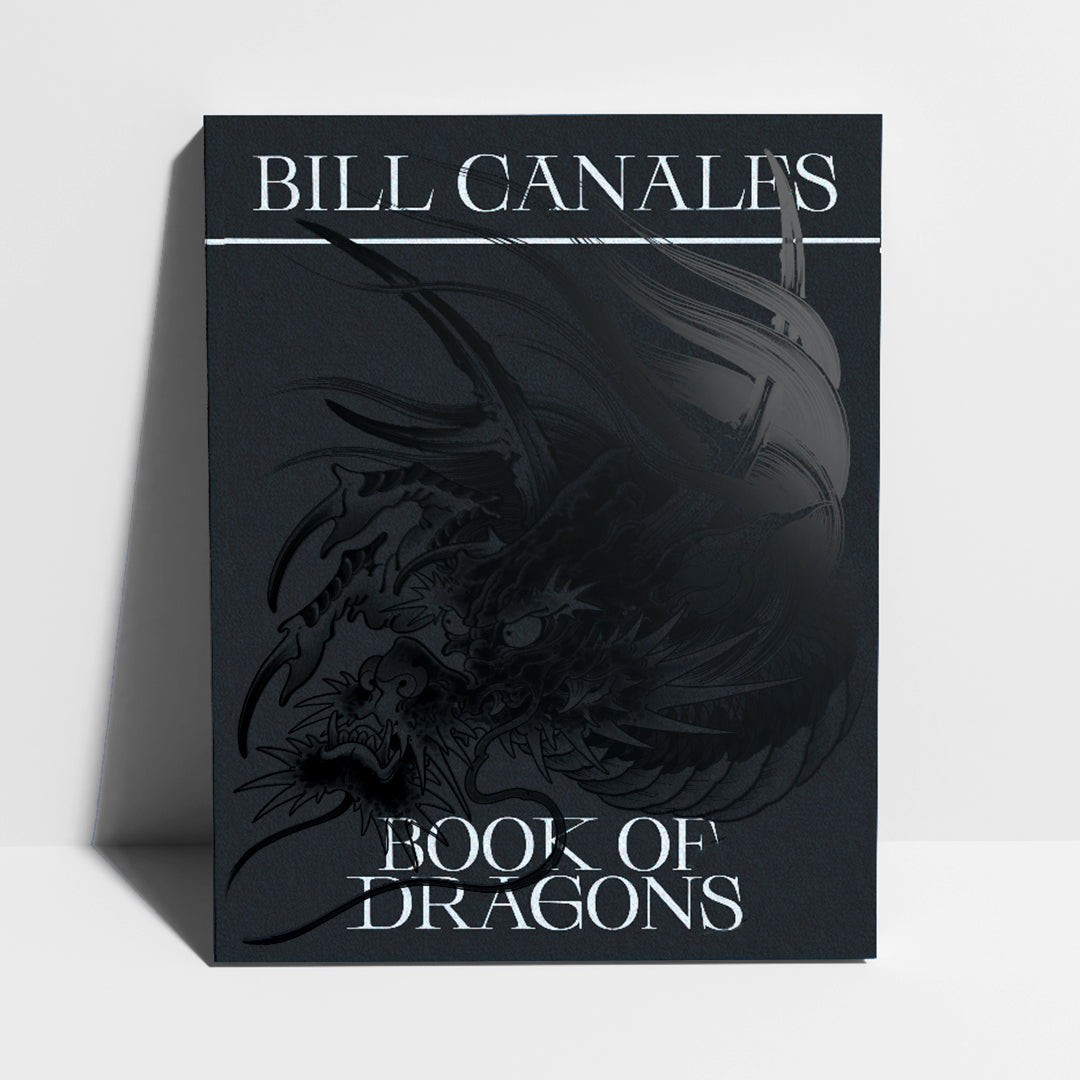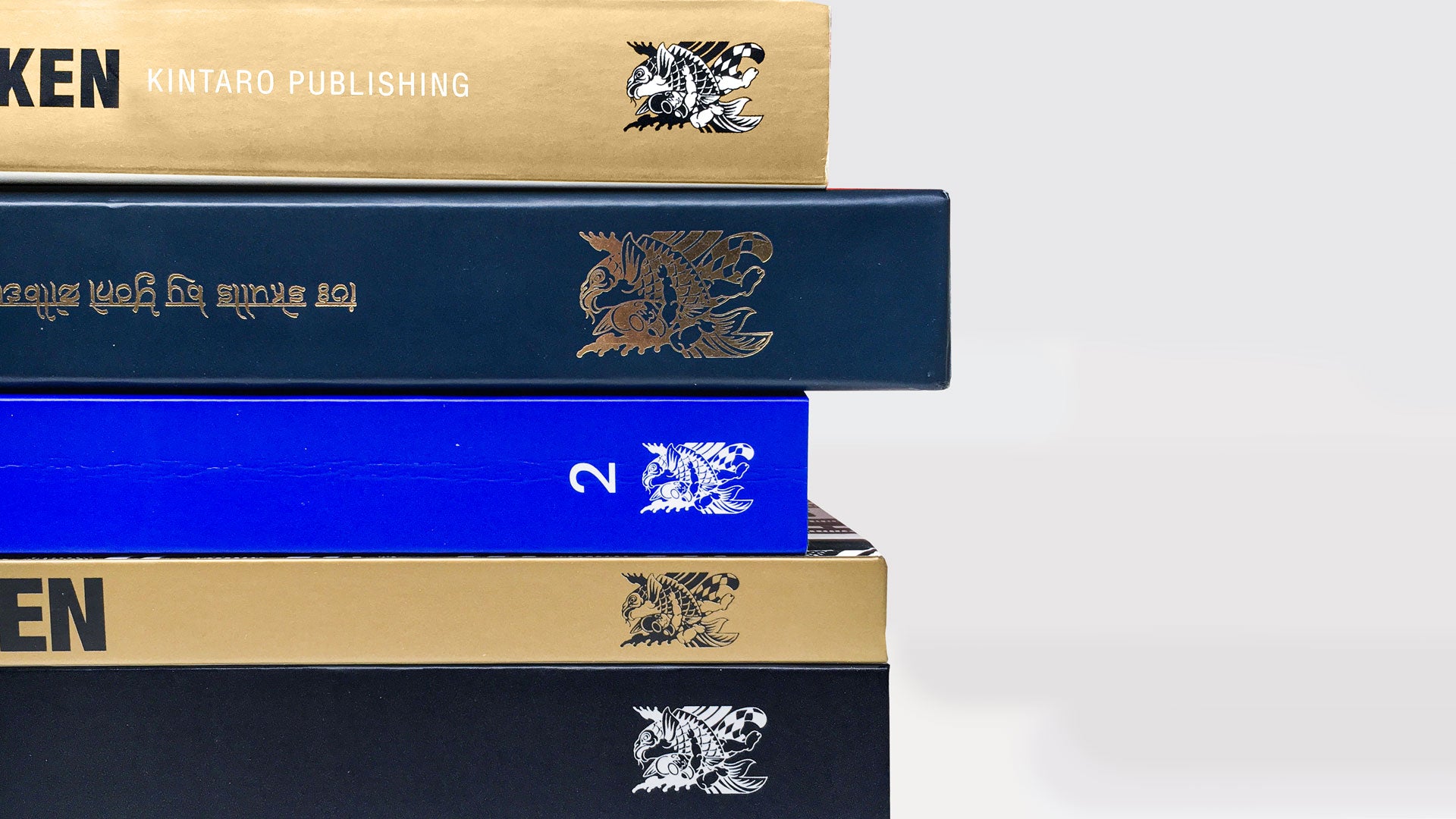In the world of publishing, not all books are created equal. Paper quality can make or break a published work, and this especially the case for books that showcase tattoo artwork, like ours.
We take great pains to ensure the paper we use is premium quality, and suitable for the detailed, colourful images printed upon it. That’s why one of our favourite choices is Munken paper.
What is Munken paper?
Munken paper is named after the place the paper it was made in - Munkedal, in Sweden.
It has a formidable reputation around the world as one of the highest-quality uncoated fine papers available. Even better, the paper is produced in an environmentally friendly way, and is ideally suited for book publishing.
There are several different types of Munken paper, and all the standard products are available with PEFC / PEFC/05-33-09 certification, and FSC/FSC-C020637 certification too. They’re also certified in accordance with EU Ecolabel, which is the European Union’s official environmental label.

Paper options include:
- Munken Premium White
- Munken Premium Cream
- Munken Print White
- Munken Print Cream
These are ideal for creating books, as they’re durable, long-lasting paper options, which have a pleasingly natural appearance.
Other options include:
- Munken Kristall / Munken Kristell Rough
- Munken Polar / Munken Polar Rough
- Munken Pure / Munken Pure Rough
- Munken Lynx / Munken Lynx Rough
Munken paper – a rich history
You may not have heard of it before, but actually, Munken paper has been around for a long time. It’s produced in a mill by the Orekil River, which can be found in Munkedal; a quiet village close to the Swedish coast.
This mill has been in operation since 1871, and was originally run by the local monks. In fact, that’s why the paper is called ‘munken’ – this literally translates as ‘Swedish monks’. The monks not only gave their name to the village and the mill, but also to the district itself, and of course, the paper that’s still manufactured there to this day.
The location is much appreciated for its natural beauty. Back in the day, the monks used to not only work the mill, but also fish at the nearby beach in Gullmarn fjord.
Why Munkedal?
With its abundance of surrounding woodland, Munkedal was an obvious spot for a paper mill. The supply of wood pulp was plentiful, and the neighbouring river ensured that the mill was powered throughout the day.
However, paper production soon started to have an impact on the environment. The woods began to diminish and the nearby fjords were also affected. Rather than ignore the problem, the mill-workers decided to change the way they produced the paper, with an emphasis on more sustainable, ecological practices.
Environment – at the heart of Munken paper
Kintaro Publishing are always searching for more environmentally-friendly ways to produce our books. That’s partly why we love using Munken paper – because of its responsible production methods.
These days, Munkedal has the reputation of being home to one of the world’s most eco-friendly paper mills. The mill even has its own environmental quality team, who undertake regular checks to ensure that the company is operating as sustainably and responsibly as possible.
For example, they’ve recently adapted their processes to make sure that all waste water produced by the paper mill is purified afterwards. This means that it can be safely drunk when it flows back to the river, which also ensures that the local wildlife is protected.
Their overall ethos centres on a belief that they ‘borrow’ resources from their surroundings, rather than simply taking and using them. If it can be returned to nature, it will be; ideally in its original state.
How is it made?
Most people, when discussing Munken paper, focus on its tactile nature, and the whiteness of the surface. That’s another reason why we choose to use it – the pure white looks incredible as a backdrop for a tattoo art print.
The colour is achieved while the paper is manufactured at Munkedal. Binding chalk is added to the water and wood pulp, which in addition to producing the whiteness, also helps the pulp to become malleable.
Once the pulp is the right consistency, it goes through a lengthy production process. Firstly, it’s compressed, then heated and flattened to the right thickness. At this point, it’s passed across a series of drums, which ensures that it’s dry. Finally, the paper is cut from its rolls and packaged, ready to be shipped to customers around the world.
It sounds like a simple process, but it’s actually quite complex. Several factors need to be taken into consideration during paper-making. As well as colour and thickness, care needs to be taken to make sure the paper has the right opacity and texture. Even a minor miscalculation can render an entire batch of paper useless.

Why does paper matter?
We believe that the right paper achieves the following:
- A more pleasurable viewing experience
This is vital when publishing books that feature artwork. For example, our tattoo books are designed to be pored over at leisure, with each image thoroughly enjoyed in turn. As such, the paper needs to be pure, white and clean, to showcase the art printed on it.
- A more tactile experience
Some people talk about ‘stroking’ new books; which is probably something we’ve all done from time to time. In short, if the pages of a book feel good, it improves the overall reading experience. The quality of Munken paper can not only be seen, it can also be felt whenever you touch it.
- The creation of a longer-lasting book
There’s nothing worse than when a book falls apart over time. That’s especially the case when it’s a limited-edition collector’s item and it’s hard to get hold of a replacement copy. Good quality paper means a longer-lasting, more durable book, which can withstand the rigours of being read regularly over the years.
- A better outcome for the environment
As responsible publishers, it’s important for us to consider the environment whenever possible. When we use Munken paper, we’re reassured that we’re working with a company that considers environmental impact at every stage of the production process.
- The creation of a premium quality book
We believe if something is worth doing, it’s worth doing properly. A true collector’s tattoo book shouldn’t just rely on its excellent artwork and written content. It should feel like a premium product as a whole, and this includes the quality of the paper.
If it’s good for royalty…
Munken paper is used by top publishers across the globe. It’s also a firm favourite with high-end notebook-manufacturers, as the surface of the paper is ideal for taking notes and making sketches.
One good example of Munken paper in action can be found in the famous photographer Rankin’s book, Alive: In the Face of Death. The photographs require exceptional paper-quality in order to shine – and in this instance, only Munken could do the job properly.
Perhaps even more impressively, it was selected as the choice of paper for Sweden’s royal family wedding invites, not to mention their entry and response cards too. Put simply, if it’s good enough for royalty, it’s good enough for our tattoo books.
When purchasing a book – what to look for
When you’re investing in a high-end book, take the time to assess the paper. It really does make a difference, and you shouldn’t pay out for inferior page quality.
The following factors impact your reading experience:
- The gsm (grams per square metre). This determines the weight of the paper – if it’s a low gsm, it’s likely to be reduced quality. For example, 60gsm paper will feel thinner and look more see-through than 100gsm paper.
- The surface quality of the paper. Find out if it’s got a silky, glossy or matte finish – some are more suited to particular images than others.
- Coated or uncoated? Munken paper is uncoated, which means it looks more natural and is more textural. This is generally regarded as ‘better quality’.
- The printing method used. There are several different ways to print a book, and some produce better results than others. Our books are offset printed only, considered the highest quality to print a premium book, for example, thanks to its bright, precise finish.
- The paper production process. Some paper mills are renowned for producing excellent quality paper – others, not so much. Common issues associated with the process are pH levels, piling and linting.

Quality tattoo books at Kintaro Publishing
Many of our books are made using Munken paper, such as Borneo and Tribal by Jeroen Franken, or Stencils by Bobeus. The paper is ideal for displaying the artists’ bold, dynamic designs, and will last for generations, regardless of how often the pages are read.
We also use a variety of other paper types, depending on the nature of the artwork. All of them are premium-quality, because when it comes to books, paper really does make the difference. Feel free to browse our range of tattoo art prints and books on our website.




Leave a comment
This site is protected by hCaptcha and the hCaptcha Privacy Policy and Terms of Service apply.